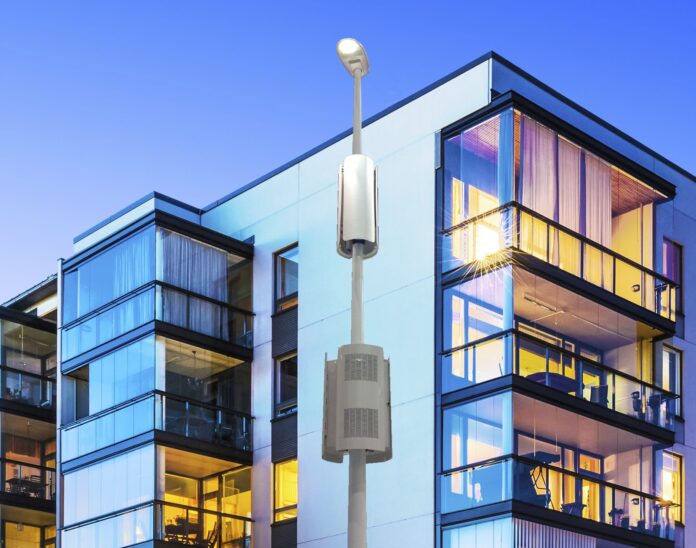Wi-Fi interoperability, enterprise sales and costs could slow small cell adoption
The market for the coverage and capacity benefits of a small cell deployment are there, but enterprise adoption is a key challenge facing mobile carriers, according to an opinion column by Peter Thornycroft of Aruba Networks published in Network World.
Thornycroft identifies challenges in both the technology and sales strategy related to LTE-Unlicensed small cells. LTE-U refers to cellular operating in unlicensed spectrum usually reserved for Wi-Fi. Licensed assisted access requires an anchor tenant deployed in licensed spectrum. The end goal is higher capacity to the end user.
Speaking to interoperability, Thornycroft wrote: “If the enterprise has an existing [wireless local area network], it will have to share spectrum with the new 5 GHz small cell radios, which again implies coordination between the groups managing small cells and the WLAN.”
Subscribe now to get the daily newsletter from RCR Wireless News
Then there are the sales challenges. Thornycroft wrote that operators need a refined sales strategy involving lots of customer interactions and “the expertise and patience to handle a 12-month sales cycle.”
“Both operators and small-cell vendors will explore relationships with enterprise networking vendors and their channel partners: they know how to sell sophisticated networking equipment to enterprises. But networking vendors already have Wi-Fi offerings as established, core products in their portfolios,” Thornycroft noted. “It will be hard to make room for a new set of products that require considerable expertise to plan, install and support, and that have at least some competitive overlap. And channel partners considering small cells face considerable training costs.”
Thornycroft concludes that providing a WLAN-as-a-managed-service is “the most obvious path … where the enterprise contracts for service at a monthly cost rather than purchasing and installing hardware. Where the service provider is also a mobile operator and can keep the coordination in house, LAA hardware and support can be added to the contract with much lower organization friction.”

